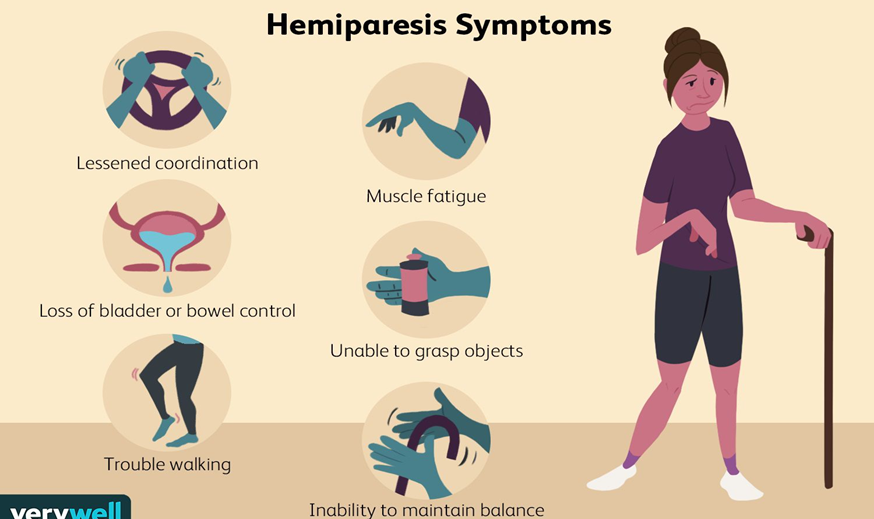A nurse is caring for a client who will be placed on strict bed rest after surgery. The nurse should educate the client on the use of an incentive spirometer. The use of an incentive spirometer would prevent which postoperative complication?
Urinary tract infection
Deep vein thrombosis
Constipation
Atelectasis
The Correct Answer is D
Choice A Reason:
Urinary tract infections (UTIs) are typically caused by bacteria entering the urinary tract. While strict bed rest can increase the risk of UTIs due to factors like catheter use and reduced mobility, the use of an incentive spirometer does not directly prevent UTIs. Instead, preventing UTIs involves maintaining good hygiene, ensuring adequate fluid intake, and, if necessary, using catheters properly.
Choice B Reason:
Deep vein thrombosis (DVT) is a condition where blood clots form in the deep veins, usually in the legs. This can occur due to prolonged immobility, such as strict bed rest after surgery. Preventing DVT involves measures like using compression stockings, administering anticoagulant medications, and encouraging leg exercises. An incentive spirometer, which is used to improve lung function, does not directly prevent DVT.
Choice C Reason:
Constipation is a common issue for patients on bed rest due to reduced physical activity and changes in diet. Preventing constipation involves ensuring adequate hydration, providing a high-fiber diet, and encouraging as much physical activity as possible. The use of an incentive spirometer, which focuses on respiratory function, does not directly address constipation.
Choice D Reason:
Atelectasis is a condition where the alveoli in the lungs collapse, leading to reduced or absent breath sounds in the affected areas. This is a common postoperative complication, especially in patients on strict bed rest, due to shallow breathing and reduced lung expansion. The use of an incentive spirometer encourages deep breathing and helps to keep the alveoli open, thereby preventing atelectasis. This is why the incentive spirometer is an essential tool for postoperative respiratory care.
Nursing Test Bank
Naxlex Comprehensive Predictor Exams
Related Questions
Correct Answer is C
Explanation
Choice A Reason:
“I will keep spare crutch tips handy.” This statement is correct and indicates good practice. Keeping spare crutch tips handy ensures that the client can replace worn or damaged tips promptly, maintaining the safety and effectiveness of the crutches.
Choice B Reason:
“I will inspect my crutches every day for signs of wear.” This statement is also correct. Regular inspection of crutches for signs of wear and tear helps prevent accidents and ensures that the crutches remain in good working condition.
Choice C Reason:
“I will bear the weight of my body on my axillas.” This statement is incorrect and indicates that the client needs additional education. Bearing weight on the axillas (armpits) can cause nerve damage and discomfort. The correct technique is to support the body’s weight with the hands and arms, not the axillas.
Choice D Reason:
“I will support most of the weight of my body with my arms.” This statement is correct. Supporting the body’s weight with the arms and hands is the proper technique for using crutches, as it prevents nerve damage and ensures better control and stability.
Correct Answer is A
Explanation
Choice A reason: Holding the cane on the opposite side of the weaker leg is the correct technique. For a client with left-sided weakness, holding the cane on the right side provides better support and balance. This method helps distribute weight away from the weaker side and reduces the risk of falls. The cane should be moved simultaneously with the weaker leg to maintain stability.

Choice B reason: Advancing the right leg and the cane together is incorrect. The correct technique involves moving the cane and the weaker leg (left leg in this case) together. This coordination helps in maintaining balance and provides the necessary support to the weaker side. Moving the stronger leg and the cane together does not offer the same level of support.
Choice C reason: Removing the rubber tip when using the cane is not advisable. The rubber tip provides traction and prevents the cane from slipping on various surfaces. Removing it would increase the risk of falls and injuries. The rubber tip is an essential safety feature of the cane.
Choice D reason: Placing the cane approximately 61 cm (24 inches) in front of the foot is too far. The cane should be placed about 15-20 cm (6-8 inches) in front of the foot to ensure stability and ease of movement. Placing the cane too far ahead can cause instability and make walking more difficult.
Whether you are a student looking to ace your exams or a practicing nurse seeking to enhance your expertise , our nursing education contents will empower you with the confidence and competence to make a difference in the lives of patients and become a respected leader in the healthcare field.
Visit Naxlex, invest in your future and unlock endless possibilities with our unparalleled nursing education contents today
Report Wrong Answer on the Current Question
Do you disagree with the answer? If yes, what is your expected answer? Explain.
Kindly be descriptive with the issue you are facing.
